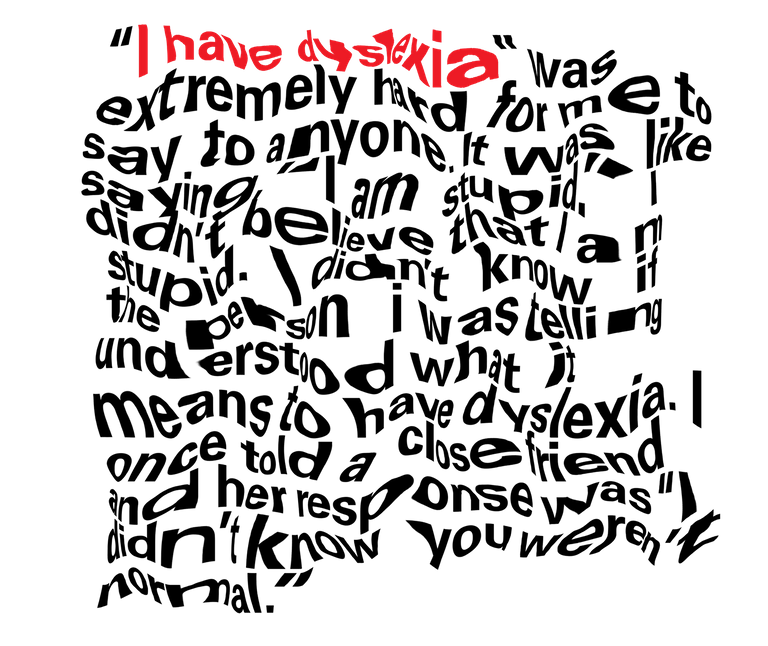Children with Special Needs #1 : Dyslexia
Image by Justlearn
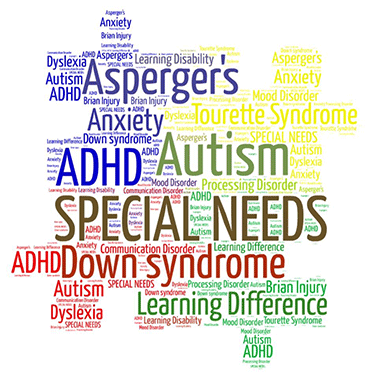
Today I will be focusing on Dyslexia
Image by stayingpowerresources.blog.com
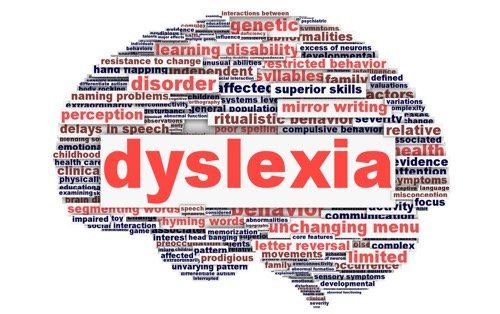
What is dyslexia?
Dyslexia is an unexpected difficulty in a individuals ability to learn to read. Dyslexia is defined as an unexpected difficulty in learning to read. Those who have dyslexia struggle to read quickly and automatically as well as to retrieve spoken words easily. Usually, these individuals are very creative and ingenuity.
What are the symptoms?
Image by Learning Specialist Material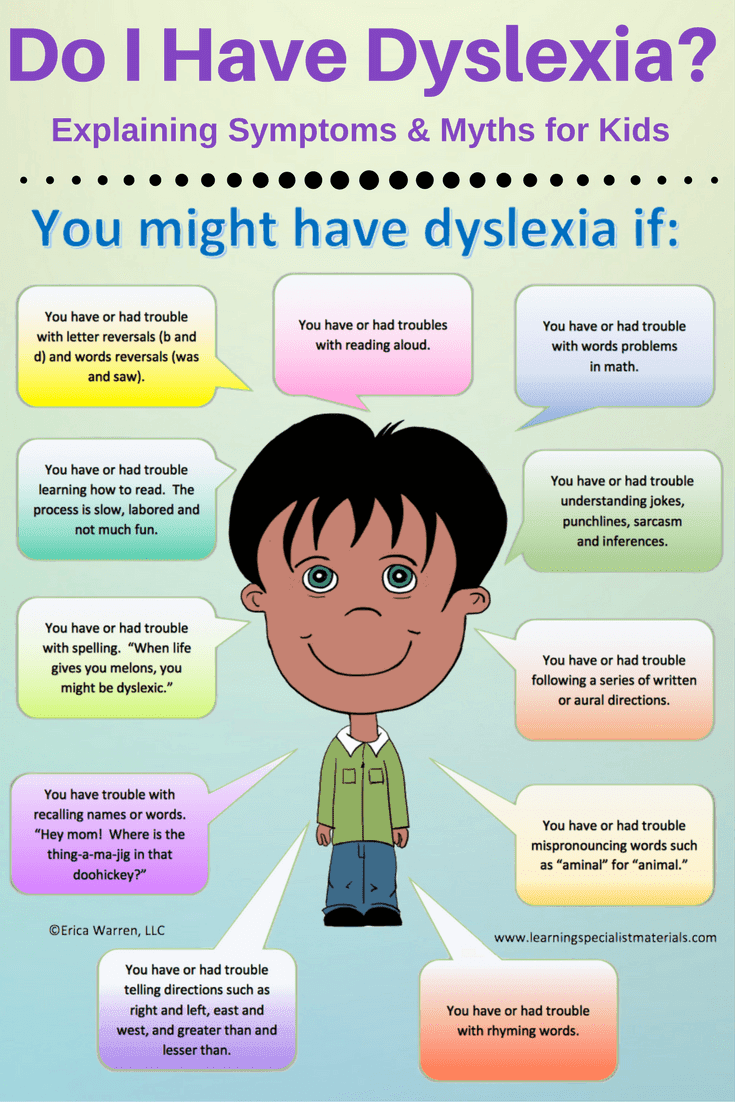
- They have complications with reading.
- They have a difficulty with spelling words in writing products.
- They usually have low confidence or behavioral problems.
- Letter and/or number reversals occur.
- Problems with pronunciation.
- They emit sounds or letters when they read and write.
- They complain about headaches.
- They have difficulty in reading out loud.
- They confuse left or right.
- They have problems with writing tools like pencils or pens.
- They have a trouble with sequenced instructions.
- They choose to rather guess, skip or replace words instead of sounding them out.
- Their oral comprehension is very strong where they have a weak reading comprehension.
- It appears to them that the letters on a page appear to move, be blurry or even out of focus.
- Time management and planning can be very difficult for them.
- They have an inability to differentiate between speech sounds
- They have a difficulty in repeating phrases or sentences.
- Their grades are embarrassing to them.
- Using flashcards or memorizing to learn, doesn't work for these learners.
- They read below their grade level and/or their peers.
TAKE NOTE: The above 20 symptoms are the most common symptoms. Not all dyslexic individuals have all these symptoms.
Different types of dyslexia
Image by Nessy.com
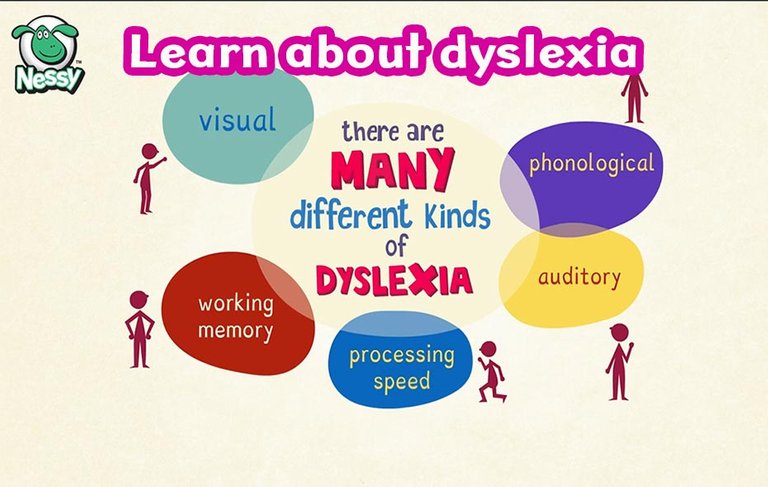
What can be done?
1. Use the dyslexia font for the learner's work and all the assessments. The font can be found here: https://www.dyslexiefont.com/
At our school, we have been using the dyslexia font for the past year and it has made a difference in some of our dyslexia learners. We have implemented phase wide, from the Grade 4's to the Grade 7's, and the response we have been receiving from the learners with no learning difficulties is that it works even for them.
2. Check that the child correctly wrote down the homework.
At the front of the child's homework book write down a few reliable classmates numbers so that they have someone to contact when they are confused about their homework.
3. When reading to the class, don't let the child read to the class, but allow the child to read directly at the teacher.
Let the child read books at their own skill level.
4. Train the learner when teaching them spelling words to look for certain errors.
POOR SPELLING IS NOT AN INDICATOR OF LOW INTELLIGENCE!
Even though this is the case for some of our learners.
5. When teaching math makes sure that the learner's visual perceptual skills are practiced. You can use certain colors when explaining the math sequences etc.
6. Only mark spelling up to the level of the learner's spelling abilities.
7. Never ask these learners to rewrite a piece unless it will be displayed. If rewriting is done unnecessarily it will break this child's will to do more.
8. Use computers to do the child's word processing.
When answering a question paper the child's answers can be verbally recorded and transcribed by the teacher or a willing adult.
At our school, these learners are still in the mainstream. The severe cases come to me when they have to write a test or exam, in order for me to write their verbal answers to their question papers.
9. Provide additional time for the completion of worksheets, tests etc.
10. If possible don't single this child out. When new skills are taught to this learner, teach it to the whole class, so that in return they don't feel that they are singled out.
The strengths of a dyslexic
I couldn't put it better than in the below picture.
Image by Fonts 4 Teachers
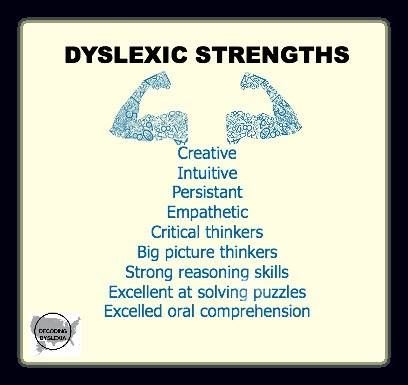
Here are some interesting videos you can watch that focussed on dyslexia:
Video by Kelly Sandman-Hurley
Living with dyslexia
Video by National Centre of Literacy and Numeracy in Adults
